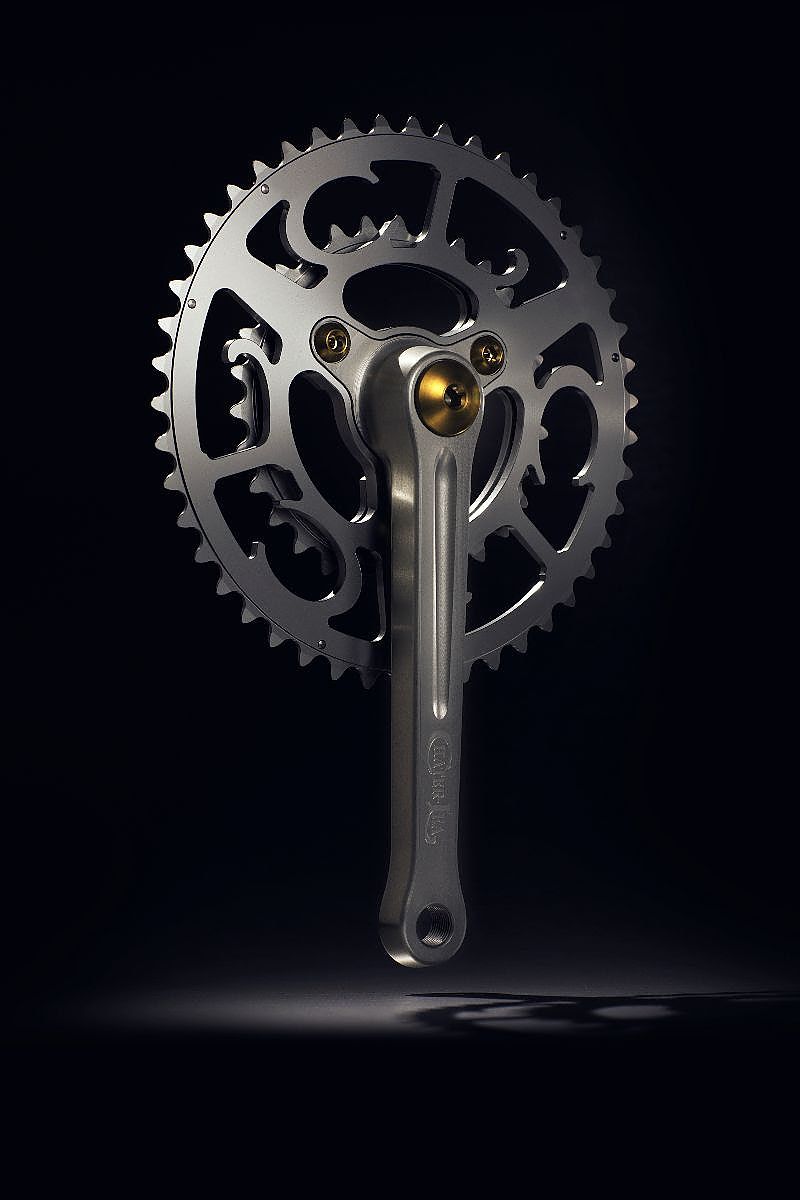A little over a year ago, I recounted discovering--along with other novice American cyclists in the 1970s--bicycle and component marques known to generations of riders in other parts of the world.
What I didn't realize was that some actually were, or would soon be, on the brink of extinction or being changed beyond recognition. I am thinking of bikes like Falcon, Gitane and Legnano, who made all sorts of machines from Tour de France winners to urban delivery conveyances--and companies like Nervar, Weinmann, Huret, Stronglight Simplex, Mafac and SunTour, who made the components for those bikes, and others.
Those manufacturers are gone now. (Weinmann-branded rims are made in China and the SunTour name lives on in SR-SunTour forks, which bear no relation, other than the name, to the revered maker of derailleurs and freewheels.) So was Chater-Lea, a British company that made bicycles and even, for a couple of decades, cars and motorcycles. But C-L is best known for what the English call "fittings": parts like pedals, headsets and bottom brackets. They even made frame tubing and lugs.
Chater-Lea's quality was, in its heyday, second to none. Custom frame builders specified C-L's parts; so did larger manufacturers for their best models. I never owned or used any of their stuff, but I encountered some when I first worked in a bike shop. A couple of my early riding companions--who pedaled through the "Dark Ages" when few American adults cycled--rode bikes equipped with C-L.
Those bikes were older than I was. They sported those pencil-thin steel cottered cranksets (which may have been made by Chater-Lea) you see on old-time racing bikes and that fell out of favor once good-quality mid-priced cotterless cranks became available. To my knowledge, C-L made bottom brackets only for cottered cranksets, and their pedals were of the traditional "rat trap" variety.
So, while the stuff was of high quality, its designs were dated or even obsolete. (Clipless pedals all but killed the market for high-quality traditional pedals.) That is why I was, if unknowingly, witnessing the "last gasp" of a once-revered name in the cycling world: In 1987, they would cease after nearly a century of making bike parts.
Last year, Andy Richman, a British cycling enthusiast who lives in the US, decided to revive the brand with a ne plus ultra pedal that echoes the company's old designs but employs the highest-grade materials and finished flawlessly. He said, at the time, that "if jobs are going to come back to the UK, it's got to be for making this kind of stuff." In other words, "high end, beautiful, artisanal" items.
 |
Now he is introducing a second Chater-Lea item. Appropriately enough, it's a crankset. But it's as much a departure from C-L's cottered sets as the pedals are a refinement of a traditional design: The Grand Tour is a "sub-compact" crankset with 46/30 chainrings (a classic Randonneur/Gran Fondo configuration) designed to fit on JIS square taper axles and work with up to 11 speeds.
If you want to equip your bike with these items, save up your pounds: You'll need 595 of them (about $775 at current exchange rates) to buy the cranks, and 250 ($325) for the pedals.
Does Richman plan a complete Chater-Lea bike?











